
WEIRDOS
A “nation of weirdos” is how Michael Brendan Doherty characterized the United States the other day on The Editors Fourth of July podcast. It was meant kindly. The weirdos have included Thomas Edison, Henry Ford, and Steve Jobs, as well as the inventors of the hula hoop, the smoothie, and the pet rock. The pursuit of happiness takes many unexpected twists and turns.
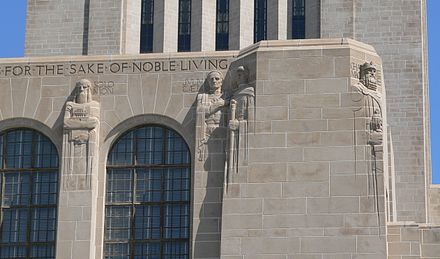
DECADENCE
I was listening to some old interviews on Tyler Cowen’s podcast, Conversations with Tyler, and came across this one, with Ross Douthat, made in March, 2020. Douthat made this observation about architecture: “I would say that, basically, the place that modern architecture has ended up and the traditionalist alternative are both sort of decadent . . .” I found that interesting, since modernism and traditionalism are usually described as a divide rather than as evidence of the same thing. Decadence in modernism is apparent in the (fruitless) search for unceasing novelty, that takes architects into increasingly obscure ratholes. In traditionalism decadence can be the result of a sometimes fawning admiration for the past, that inhibits the sort of originality that—in different ways—fueled the architecture of Michelangelo and Borromini, or more recently of Bertram Goodhue.
Photo: Nebraska State Capitol (Bertrand Grosvenor Goodhue, architect, 1920-32)
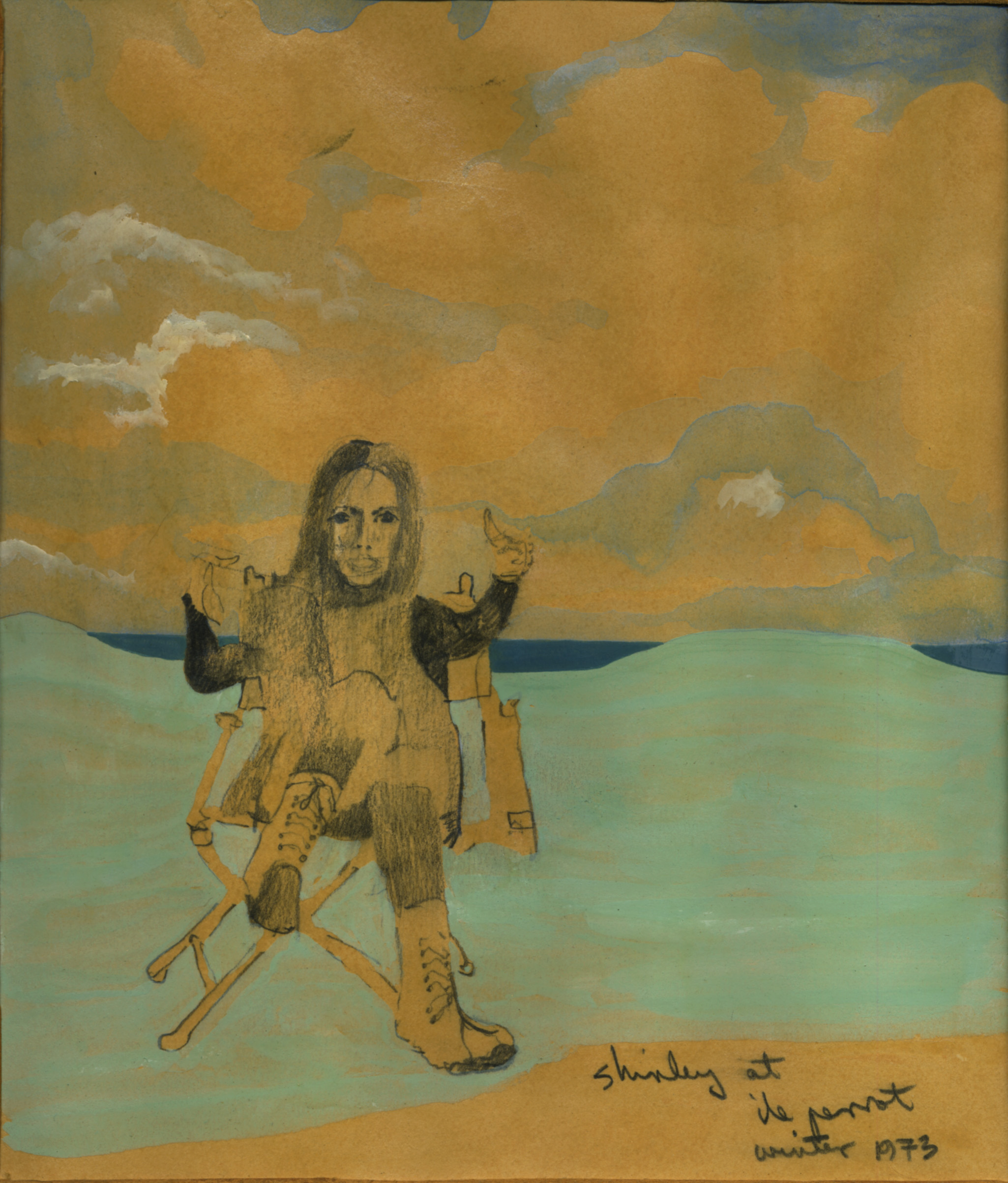
HIS MASTER’S VOICE
An odd thing happened to me the other day. I was talking to someone and I used an expression that I had never used before, but was something that Shirley might have a said. Even as I spoke I recognized her voice and for a weird split-second I felt like a ventriloquist’s dummy. Not necessarily a bad thing, I thought to myself.
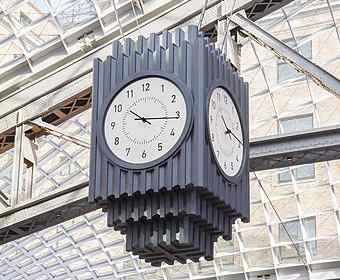
MOYNIHAN HALL, CONT’D.
A little more about the question of style. Style is not about what you say but how you say it, not about content but delivery. The impersonal announcements of voicemail, or of a public address system, are almost pure content, there is very little delivery beyond a certain functional brevity. But an actual person speaking includes variable emphasis of tone and volume, facial expressions, hand gestures, asides, jokes, and so on. The effect can be conversational or stentorian, formal or informal, intimate or cold, depending on the style. That is why the word was originally used in the context of rhetoric. Architectural style is comparable. Pennoyer’s clock in Moynihan Hall is sometimes described as Art Deco, which I suppose it suggests, although the clock face is as modern as a Max Bill timepiece. Art Deco has a frivolous side, but this clock is monochrome matte grey, so rather serious, although the telescoping form is sculptural, so it’s not completely serious. “You need to know the time but there is more to life than train schedules.” The decoration is restrained, but it’s there, which gives us something to look at. That is what is missing in the architecture of the hall—there is nothing to look at.
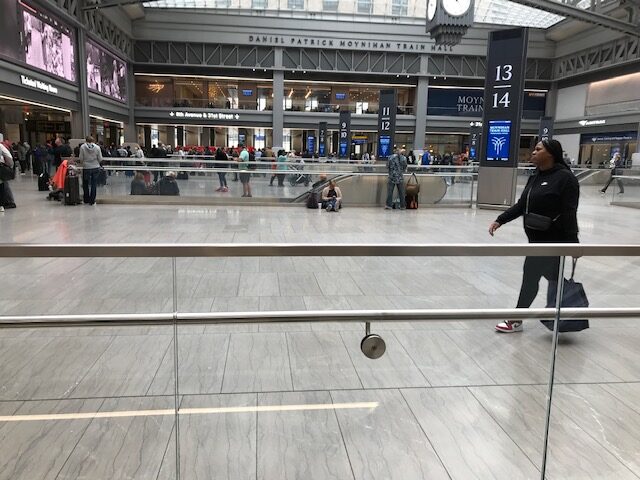
MOYNIHAN HALL
When I was a practicing architect and a structural problem arose I would ask my engineer friend, Emmanuel Leon, for advice. Once I was designing a house which required a long span. In his pragmatic Filipino way he asked me, “Do you want it cheap or architectural?” (I wanted the latter and he designed an upside-down king post truss.) I thought of Emmanuel when I walked into Penn Station in New York recently. It was my first trip on Amtrak in several years, and I was looking forward to seeing the much lauded station hall, which is in the old Farley post office building. I was disappointed. For one thing, the space was small. My train had left Philadelphia’s Thirtieth Street Station (designed by Graham, Anderson, Probst & White in 1927-33), which has a majestic hall, and this space was puny by comparison. And the steel trusses overhead were definitely utilitarian rather than architectural (they had originally spanned the mailroom). I had read plaudits about the suspended clock in the center of the hall, designed by Peter Pennoyer. It is very handsome, and it highlights one of the main drawbacks of its surroundings; unlike the clock, or Thirtieth Street Station,
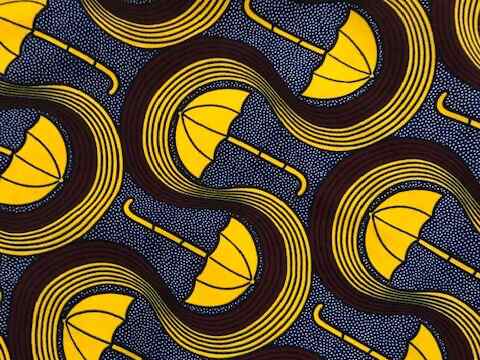
A VISIT
Sometimes I imagine that Shirley comes home. At least to visit. She looks around our loft, in which little has changed in nine months. “That’s new,” she says, pointing to a framed photograph in the bookcase. It is of her, sitting at the table, in front of that same bookcase. I got it to balance the old photograph of her, taken in the sixties, before we met; glamorous with long hair and large sunglasses. “Why are all my glasses still here?” she asks pointing to a half dozen cases—Robert Marc, Iyoko-Inyaké, Ray-Ban. I sense disapproval in her voice. We go upstairs to the bedroom. She looks in the closet. “You’ve kept my Zuri dresses and Trippen shoes,” she says. “And all my beautiful coats. Why? Shouldn’t you get rid of them?” I am abashed, but I don’t know how to do that. “Maybe later,” I tell her.
Photo: Kenyan print dress by Zuri

